Nostalgia on Tuesday: Pit's sinking hopes
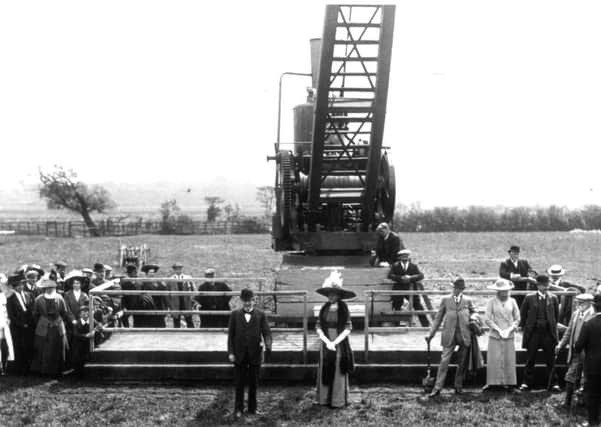

An exception is Rossington Colliery near Doncaster, the exciting event being captured in 1912 by well known postcard photographer Edgar Leonard Scrivens. This was probably only one of two occasions the pit made spectacular headlines; the other occasion was during the 1984/85 Miners’ Strike, but more of that later.
On Monday, June 10, 1912, the first turf was cut in preparation for the sinking of Rossington Colliery shafts. A large gathering was invited to witness the proceedings including mining magnates and railway officials.
Advertisement
Hide AdAdvertisement
Hide AdThe new colliery was the joint enterprise of the Sheepbridge Coal & Iron Co. and Messrs John Brown & Co. One man came from Southend-on-Sea the same morning as the ceremony, andothers made the journey from London, Leeds, Hull, Grimsby, Goole and Sheffield.
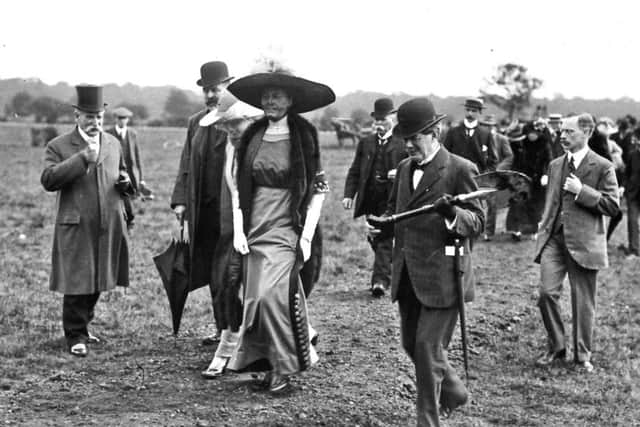

Those who came from a distance found awaiting them at Doncaster railway station a special train which was timed to leave for Rossington at 12.40pm. It got away with a full complement. Travelling almost to Rossington station, the special was then shunted from the East Coast main line on to the branch line which the Great Northern Railway company had constructed to the colliery.
A crowd assembled for the turf cutting event. Union Flags fluttered in the breeze, Press photographers competed for the best places and everyone formed a circle round the spot where the pit shaft was to be.
In the centre of the throng Mrs Maurice Deacon, wife of the managing director of the Sheepbridge Iron & Coal Co, and Lord Aberconway, formerly Sir Charles McLaren Bart, the chairman of Messrs John Brown & Co.
Advertisement
Hide AdAdvertisement
Hide AdHis lordship handed Mrs Deacon a silver spade with which she cut the turf amid cheers. Later, more than 100 guests sat down for lunch in the temporary colliery offices.
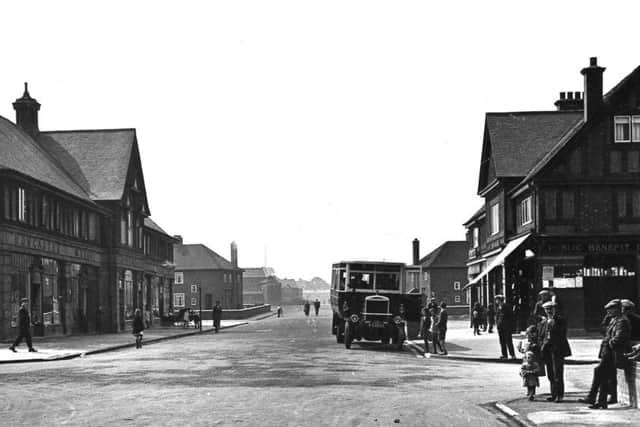

The colliery was to be equipped on the most modern lines and a model village was to be erected within a mile of the pithead.
In a speech during the luncheon, Lord Aberconway said: ‘We hope to build a mining village here giving the men the very best conditions that modern science demands, and giving them all the advantages which workmen are entitled to as much as ourselves, and I feel that with good surroundings, institutes, churches and chapel, good schools and in the pleasant country district, we ought to attract the best type of collier.’
The Doncaster Gazette of August 1, 1913 said the pastoral calm around the farming village of Rossington was already giving way to the hustle and bustle that came in the wake of colliery enterprise. The boundaries of the new colliery village made an irregular four-sided figure, but the greater part of the houses were planned in perfect concentric circles. The inner circle consists of the officials houses, these being semi-detached villas facing a central park.
Advertisement
Hide AdAdvertisement
Hide AdThe second circle was formed of workmen’s houses of a superior type, and the third and outermost circle of somewhat smaller houses, both of these being set in blocks of from four to ten houses each. Outside this circular formation there were streets of houses running at a tangent on the west and east sides. The village was built by Messrs Hopkinson & Co. of Worksop. Altogether some 840 houses were erected on this new site.
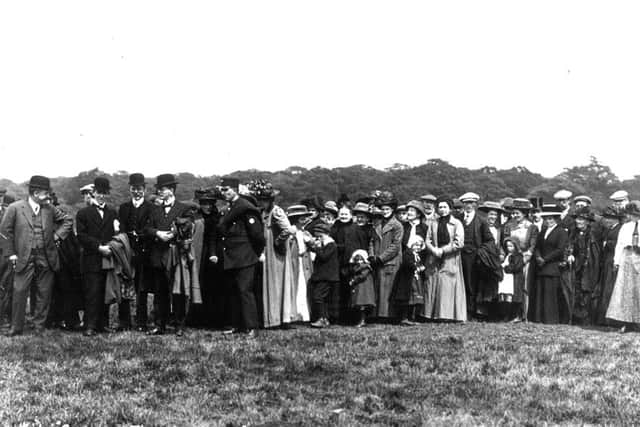

Photographer Scrivens returned to record the new streets in the model village which by the 1950s would have some 1,700 properties.
Rossington Colliery’s No1 and No2 shafts were completed in 1915 and the first coal was brought up in that year. During the ensuing decades the colliery underwent mechanisation and new plant was installed as, even by the end of the 1970s, there were still vast reserves of coal.
A drama at Rossington Colliery on 9 July, 1984 during the Miners’ Strike was serious enough to make headlines. Pickets tried to thwart management safety teams from other areas carrying out underground inspections. Trouble flared on the arrival of 13 members of the British Association of Colliery Managers. The NUM was also angry that NCB area manager Albert Tuke had written to strikers urging them to return to work. Pickets chopped down two large nearby trees, using one to block vehicles carrying the 13 men. Later, 200 police stormed the barricade, gaining entry in an NCB van for the men. Once the police had gone at 10am pickets re-erected the barricades, including fencing, metal bicycle racks and barbed wire.
Advertisement
Hide AdAdvertisement
Hide AdThroughout the day, management were unable to leave the colliery control room. By late afternoon, more than 1,000 people poured into West End Lane, approaching the pit. The NCB van which had taken the 13 men into the pit was pushed towards the barricades, tipped over and burned. At 7.30pm, Mr Tuke asked the police to get the 13 men out. They drafted in 500 officers and drove two police riot vans towards the pit entrance, picking up the managers and left amid a hail of missiles.
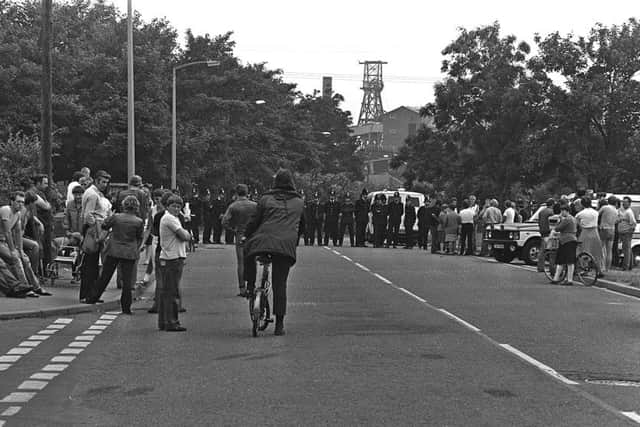

The colliery was closed by British Coal in 1993, then leased a year later to RJB Mining and subsequently bought by the company, later UK Coal.
On Saturday April 1 2006 The Yorkshire Post reported that hundreds of workers faced a bleak future after Rossington Colliery ceased production on the previous day ‘after suffering multi-million-pound losses. For the next four weeks all 220 miners will still be kept on by UK Coal while they dismantle the pit equipment’.
The NUM said: ‘Rossington can still be a success. There are still millions of tonnes of coal underground, which could last for years but it looks like it’s going down the pan.’ Demolition work and site clearance was carried out at Rossington Colliery during 2007.